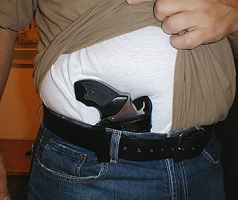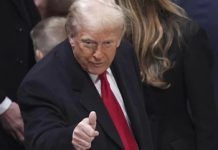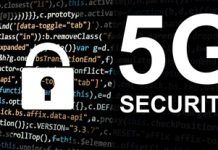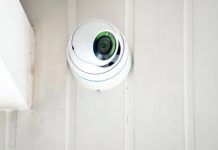Cameras that can spot guns through layers of clothing — using infrared or similar technologies — may be included in sweeping new security measures, according to several people familiar with the plan. The cameras would be able to pick up on differences in the temperature between guns and human bodies, allowing officers to then focus on those carrying weapons.
The idea is part of a broader effort to prevent the type of shootout that killed one person and wounded nine others on Bourbon Street in November, as well as to avert potential terrorist attacks. But stepped-up surveillance of that kind will inevitably raise questions about privacy and constitutional rights. Details about the overall security plan have not been released by Landrieu’s administration, and it is unclear whether the high-tech scanners will end up in the final version of the proposal, which also calls for making much of Bourbon Street a pedestrian mall.
But several people briefed on the ideas being discussed said infrared-type cameras are on the table. Bob Simms, who runs the private police details known as the French Quarter Task Force, said administration officials had discussed using the new cameras as they laid out the security plan and likened them to installing metal detectors. But Simms said the cameras would likely involve fewer logistical challenges than trying to corral revelers through security gates and might seem less intimidating.
“A lot of the businesses don’t like (metal detectors); they think it gives the wrong impression,” he said. “I think people are looking at whether there is other technology that would achieve the same objective.” Various research papers have been written about the possibility of using infrared and other imaging technologies for just such a purpose. Several companies also market cameras claiming to detect any kind of contraband through clothing.
But it is not clear whether any city has tried to deploy the cameras on a widespread basis or along a public street.
Several media outlets reported in 2013 that the New York Police Department was testing the technology, though it does not appear it was ever put to use. An NYPD spokesman said the department “does not have cameras that would be able to detect concealed weapons.”
Published reports about the technology suggest it has a limited range and would not be suitable for scanning large crowds, meaning the devices likely would have to be set up at checkpoints near various entrances to the street. Overall, the plan calls for an increase in the number of cameras monitoring Bourbon Street; the results could be fed into a centralized command center. Other cameras capable of reading license plates could be installed on the edges of the Quarter to allow officers to track suspects fleeing the scene of a crime, Simms said.








